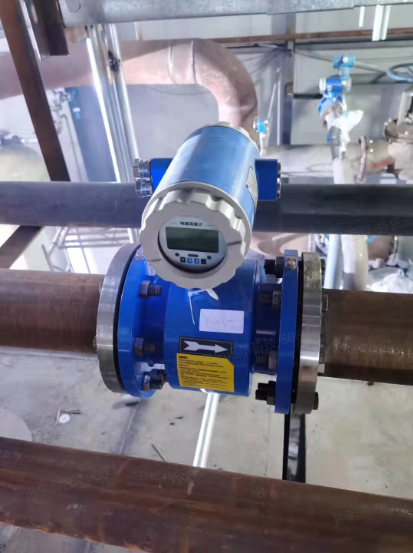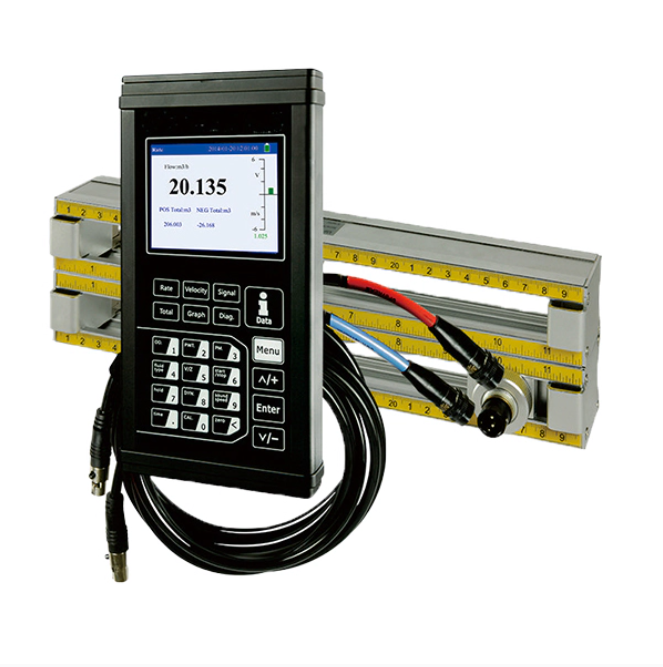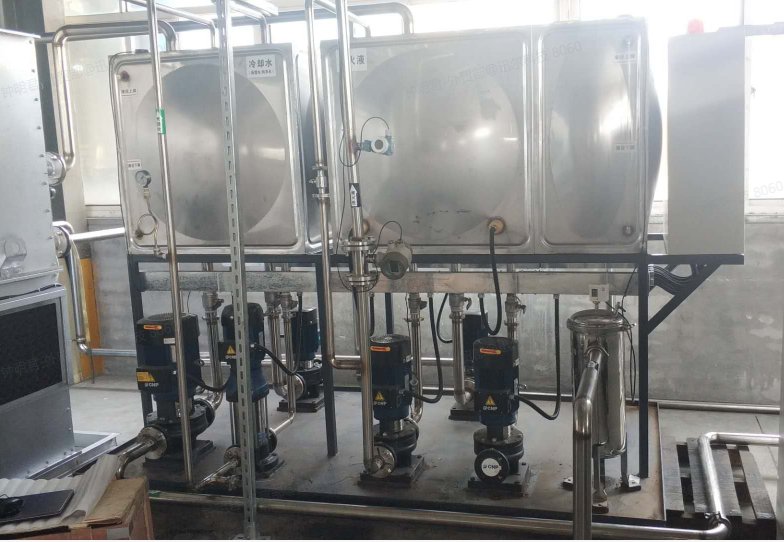Ultrasonic Magnetic Vortex Flow Meter Manufacturer, Sure We Are, Sure To Be Better | ✉ overseas@suremeter.com
Ultrasonic Magnetic Vortex Flow Meter Manufacturer, Sure We Are, Sure To Be Better | ✉ overseas@suremeter.com
In the thermal power sector, the choice of flow meters is pivotal to the efficiency and accuracy of heat energy distribution. Do you know the unique characteristics of various flow meters? How can you select the one that perfectly aligns with your specific needs? Let's embark on a journey to explore the advantages and disadvantages of the commonly used flow meters in the thermal power industry.
Electromagnetic flow meters stand out for their long-term stability in measurement accuracy, an attribute that is particularly valuable in the thermal power sector where consistency is key. They are less affected by the presence of bubbles, which can be a common occurrence in large-diameter pipelines, and their installation does not demand extensive straight pipe sections before and after the meter, making them versatile for various site conditions. Moreover, these meters are equipped with a lined interior that provides resistance to corrosion and scaling, reducing the need for frequent maintenance and extending their service life. However, their performance is contingent upon the medium's conductivity, which limits their application to non-conductive substances like distilled water, and they tend to have higher power consumption compared to ultrasonic counterparts.

Ultrasonic flow meters offer the advantage of non-invasive measurement, making them suitable for a broader spectrum of fluids regardless of their conductivity. They provide flexibility in installation and can measure a wide range of flow rates without direct contact with the medium. Despite these benefits, ultrasonic meters are susceptible to accuracy degradation over time due to transducer fatigue, and their performance can be significantly impacted by the presence of bubbles, especially in large-diameter applications. Additionally, they require precise installation conditions to ensure optimal performance, which can be challenging to meet in certain field installations.

Liquid turbine flow meters are renowned for their reliability and stability, providing consistent measurement accuracy that is essential for long-term projects in the thermal power sector. They offer a rich set of display options and signal outputs, including instantaneous and cumulative readings, as well as pulse and 4-20mA signals, making them adaptable to various monitoring and control systems. However, their cost is typically higher than mechanical water meters, and they may require more frequent maintenance to prevent wear and tear.

The decision to select a flow meter in the thermal power sector involves a careful consideration of the balance between accuracy, reliability, and cost. Electromagnetic and liquid turbine flow meters offer superior accuracy and stability but at a higher cost and with potential maintenance needs. Ultrasonic and mechanical water meters provide cost-effective solutions but may fall short in terms of durability and versatility. Understanding the full spectrum of advantages and disadvantages is vital for making an informed choice that aligns with the specific requirements of thermal power applications. For more product information or to discuss how our flow meters can benefit your operations, please reach out to us.
Copyright © 2025 Tianjin Sure Instrument Co., Ltd. | All Rights Reserved 津ICP备08002549号-2
Hello, please leave your name and email here before chat online so that we won't miss your message and contact you smoothly.